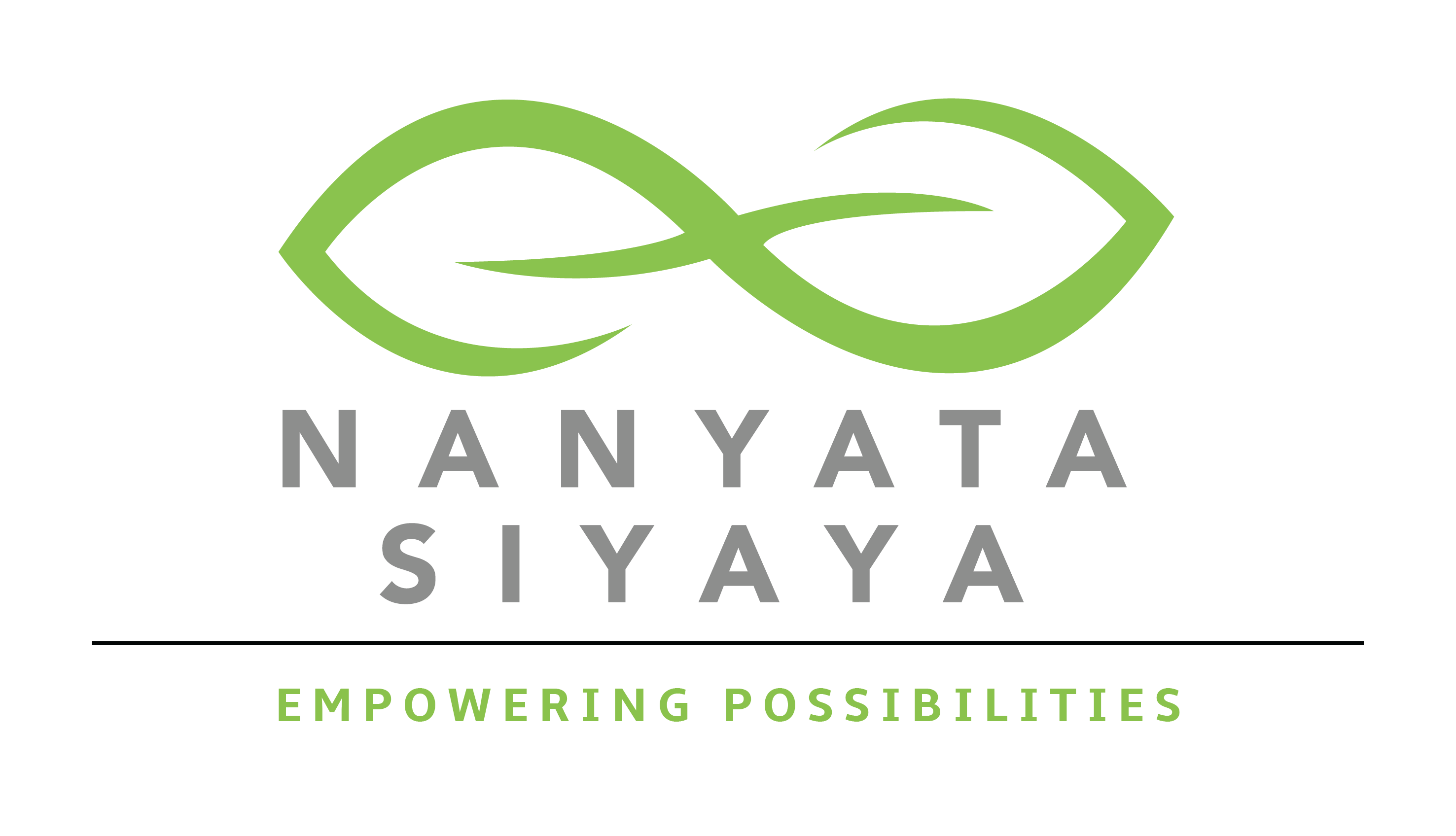Globally Harmonised System (GHS) of Classification and Labelling of Chemicals10 October 2020
It is anticipated that the manner in which hazardous chemicals are managed in business and industry will soon, when the Globally Harmonised System (GHS) is incorporated into South African Occupational Health and Safety legislation, undergo major changes.
NEW CONCEPT:
The Globally Harmonised System (GHS) is a new concept for many South African industries, specifically those where hazardous chemicals are used/processed, manufactured, stored or transported. It is also new for many SHE Practitioners.
WHAT IS THE Globally Harmonised System (GHS)?
Globally Harmonised System Classification and Labelling of Chemicals.
The GHS is an international “system”, or “a set of guidelines”, developed by the United Nations as a way to bring into agreement the hazardous chemical regulations and
national standards of different countries. The GHS is contained in the UN’s “Purple Book”.
WHAT DOES THE GLOBALLY HARMONISED SYSTEM (GHS) DO AND WHAT ARE ITS GOALS?
The GHS defines what hazardous chemicals are and also classifies the hazards of such chemicals.
It further communicates health and safety information on labels and Safety Data Sheets (SDSs).
The goal of the GHS is that the same set of rules for classifying chemical hazards, the same format for SDSs and standardised label elements will be adopted and used around the world.
NOTE:
Read more about the Globally Harmonised System (GHS), the new legal requirements for managing hazardous chemicals and the impact that the GHS will have on business in the next and future editions of this Newsletter.
Update on the revision of the MHI Regulations in South Africa
MHI installations are installations/facilities that manufactures, handles and/or stores substances in forms and quantities that has the potential to cause major to catastrophic incidents. In the case of loss of containment the resulting fires, explosions or release of toxic/hazardous materials that spread over a distance could harm site personnel or members of the public outside of the facility.
In South Africa, the Major Hazard Installation (MHI) regulations are issued in terms of the Occupational Health and Safety Act (No. 85 of 1993). The current MHI regulations are in the process of being reviewed and the new Regulations is expected to include major changes to the control and management of facilities where there is the potential for major process safety accidents.
The Department of Labour conducted a series of workshops with local authorities and industries to collect inputs during the development of the revised MHI regulations and to sensitize industry and other stakeholders to the requirements of the revised regulations.
Draft MHI Regulations was published for comment by the Minister of Employment and Labour on 15 November 2019. The revised Major Hazard Installation (MHI) Regulations, which has not as yet been promulgated, aims to protect workers and the public against major incidents by tightening compliance within MHI workplaces and eliminating confusion around the quantities and types of facilities that qualify as MHIs.
“Prepare and prevent; Don’t Repair and repent” – Author unknown
The Importance of Identifying OHS Risk Triggers
An ever-present challenge in managing OHS risk is that journey from looking at historical incidents to understanding that an incident which did not occur as yet, does not necessarily indicate the absence of risk triggers.
So, what are these risk triggers?
A risk trigger is an occurrence, circumstance or condition which causes a risk to materialise. For example, gas in a cylinder is a hazard i.e. has the potential to harm person, property, and environment. For this potential to be actualised, a risk trigger is involved albeit negligence or lack of training in shutting off gas supply, equipment defects undetected or unactioned etc.
Identifying and understanding these risk triggers assists in developing appropriate and effective risk control measures to respond to or reduce the probability of an activated trigger. For instance, in our gas cylinder example: To address the potential risk trigger of undetected defects in equipment, possible risk control measures to be considered are inspection checklists, inspection procedures and a trained and appointed person to conduct scheduled inspections.
We thus see how a single risk trigger can require multiple risk control measures. It is this set of triggers and associated controls for any given hazard that gives rise to an effective risk management programme.
Is it possible that some of these triggers could be overlooked? Yes. The number of triggers may be vast and sometimes not so obvious. We saw in the case of Covid 19 pandemic, where little is known about the hazard itself, challenges arose in identifying the risk triggers (e.g. modes of and conditions for infection transmission). Hence, we at times experienced confusion about the appropriate mitigating measures e.g. the need for wearing masks, quarantine periods.
Sufficient time and focus needs to be allocated in the risk assessment process for triggers to be identified and brainstormed. It is also vital that risk triggers are reviewed as part of the risk assessment review process.
Risk triggers are vital precursors to risk control measures. For an effective risk management system, comprehensive identification of potential risk triggers is just as essential as ensuring all hazards are identified.

TRAINING OFFERINGS
Nanyata Siyaya will be offering the following training in October 2020:
The GHS and its incorporation into company SHEQ Management Systems
Date: Thursday 22 October
Time: 10h00 – 13h00
Medium: Web using Zoom
Target Audience:
SHEQ Practitioners and Managers
SHE Representatives
Warehouse and Distribution Managers
Sales and Marketing Personnel
Engineers
Regulatory Affairs Managers
Maintenance Managers
Technical Personnel
Cost: R900/person
Details: To enrol, contact Charles at admin@nsholdings.co.za
Certificate of attendance and competence will be provided.




 JOIN US TODAY
JOIN US TODAY




